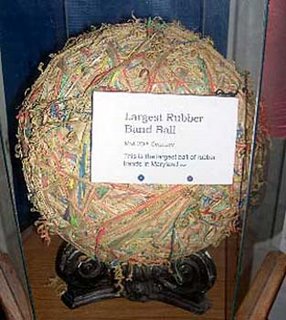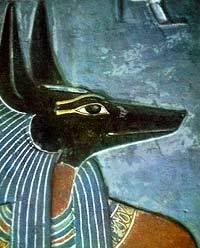
Ever been to the Dime Museum in Baltimore... if not you are missing a real treat. Remember the old carney stories, or reading the old dime novels when you were a kid ... well here is the real deal an actual museum that showcases side shows. Everything from the "Jackalope," the shrunken heads, mummies, and more...They are located in Baltimore, and I have had the pleasure of visiting this quirky, cool, museum. Housed in a small row house in old Baltimore, it's quirky, strange, unusual, incredibly amazing and well.... no other word to describe it .... "AMAZING." From their site, here is a true explanation of what they are all about:
Dime Museums & Sideshows - A Brief History
For as long as humanity has existed, there has been the desire to collect, especially to collect the strange, the unusual, the bizarre and the exotic. This drive led to the Cabinets of Wonder--collections of exotic objects gathered by wealthy and often eccentric Europeans prior to the 19th Century. These personal collections were the spiritual ancestors of the ultimate collections: the dime museums.
Though simply called museums in their early form, the idea of a collection of objects which the public would pay to see spread quickly in early 19th Century America. And by the mid-1800s, the idea had become so popular with the American public that entrepreneurial geniuses like P.  T. Barnum became millionaires through the exhibition of vast collections of man-made and natural curiosities. Eventually, capitalizing on the public's need for entertainment of all types, museums came to house not only unique collections of objects; they also housed the first family-oriented performance spaces, menageries, and, in fact, nearly every type of entertainment available in 19th Century America. And all for only one dime.
T. Barnum became millionaires through the exhibition of vast collections of man-made and natural curiosities. Eventually, capitalizing on the public's need for entertainment of all types, museums came to house not only unique collections of objects; they also housed the first family-oriented performance spaces, menageries, and, in fact, nearly every type of entertainment available in 19th Century America. And all for only one dime.
 T. Barnum became millionaires through the exhibition of vast collections of man-made and natural curiosities. Eventually, capitalizing on the public's need for entertainment of all types, museums came to house not only unique collections of objects; they also housed the first family-oriented performance spaces, menageries, and, in fact, nearly every type of entertainment available in 19th Century America. And all for only one dime.
T. Barnum became millionaires through the exhibition of vast collections of man-made and natural curiosities. Eventually, capitalizing on the public's need for entertainment of all types, museums came to house not only unique collections of objects; they also housed the first family-oriented performance spaces, menageries, and, in fact, nearly every type of entertainment available in 19th Century America. And all for only one dime.Throughout the last days of the 19th Century and bulk of the 20th, carnivals roamed the American countryside as the circuses - the competition to the carnivals - had roamed the land since the late 1700s. In the days up to World War II, the carnivals were mostly shows - called the back end as that was the location of the shows on the typical carnival lot - with a ride or two thrown in among the concessions and games. The carnival shows grew from several traditions: The dime museums made famous by Barnum and the Peale family, with their fame in exhibiting the "wonders of nature, the works of man".
The traveling circuses, which showed that mobile entertainment could tap the resources of the exploding of population of a growing America.
The world's fairs, particularly the Columbian Exposition of 1893 in Chicago, where the grand Midway Plaisance and its multitude of amusements is credited with demonstrating to showmen that a gathering of their kind could make big money.
Even after the Second World War, when the writing was on the wall for the decline of the shows, there were still grand and glorious days for the back end, and there were still classic shows on the road into the '60s and early '70s.
Here is the link ... you can view some info on line....






No comments:
Post a Comment